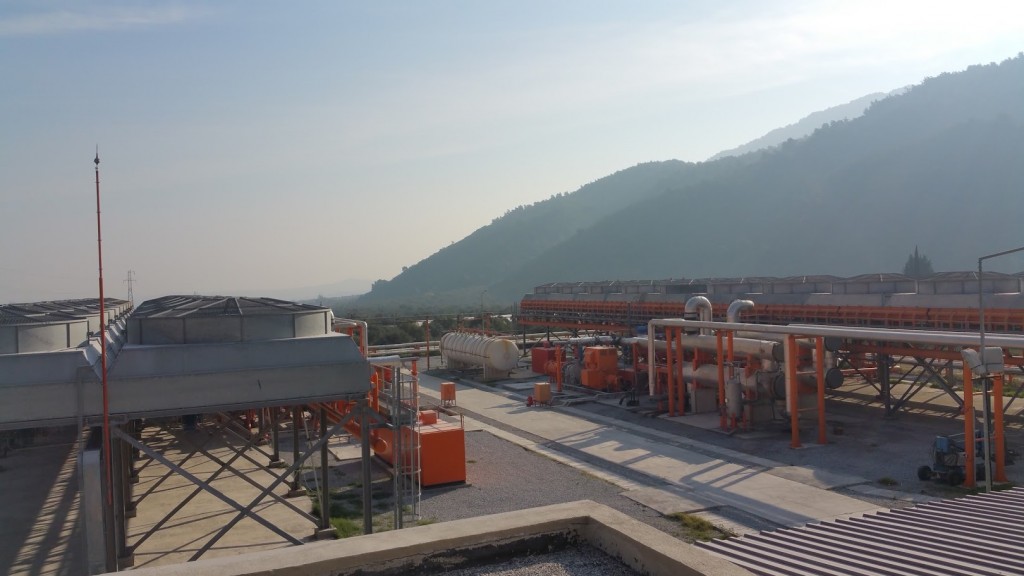Ormat’s role in repowering the Gümüsköy geothermal plant in Turkey
Ormat reports on a successful repowering project for BM Holding in Turkey, helping the company to overcome technical challenges in the operation with previous supplier.
Developing geothermal projects faces a number of challenges, from the exploration risk to reservoir performance and technology choice. Therefore scientific knowledge, high level of technical skill and proven experience in the field are as crucial as the right technology and equipment best suited for the resources and the project at hand.
Developers strive for project success, but often things go not as well as anticipated. If technological problems appear during the set up of a new plant, this creates major headaches for the developer and owner of the project. The loss of anticipated income from electricity generation and the time and money necessary to identify and fix complex issues is challenging.
The geothermal power project of Gümüsköy in Turkey is a good example, of a project not going as anticipated. After facing technical trouble with equipment installed and never reaching stable operation since its start of operation in May 2013. Despite the start of commercial operation in May 2013, BM Holding, as owner of the project accumulated major losses and in the end talked to Ormat.
Now only 7 months from receiving the notice to proceed, Ormat successfully completed the repowering of the two units in BM Gümüsköy in Turkey. Both units were supplied and commissioned by another company.
In a meeting with BM in early 2014, so Mr. Gad Shoshan, Regional Sales Director for Ormat was told “that [BM] was bothered by the operational problems of the existing units and asked if [Ormat] could use its experience to help.”
“We have great respect to other companies in the renewable energy sector, including the ones considered as our competitors, so initially we had no intention jumping into this project” continues Shoshan “but out of friendship and respect to BM, I asked our engineering team to visit the site while they are in the area”.
Ormat Process and Analytical engineers visited the site in July 2014 and found the operators struggling with the existing equipment. They reviewed the equipment condition and learnt the site problems.
“Since we are continuously analyzing our own operating units we immediately identified what optional modifications and improvements can be implemented” says Mr. Shimon Hatzir, Ormat EVP of engineering “I asked our engineers to define the required equipment for maximum production from the geothermal field”. BM asked Ormat to propose a new design where the replacement of the existing equipment is at a minimum. Ormat was able to meet this challenge and BM gave it the task of repowering the plant.
The two units are currently operating with Ormat’s ORC turbines utilizing Butane motive fluid, which is environmentally friendly compared to the R134a originally used which has a high global warming effect. The average corrected power production is 10% higher than design.
Shoshan maintains, “Ormat adheres to a conservative philosophy in its business practices, recognizing that production targets are uncertain until a geothermal project is well past the bidding stages. Our experience has proven that our units can deliver increased power with relatively easy modifications, and we work closely with our clients to find the best ways for them to capture production gains.”
Shoshan also reinforces Ormat’s commitment to supporting clients, regardless of the complexity of the issue at hand. He says, “Ormat is prepared to put our proven and advanced technology to work for clients at every stage of the geothermal power production cycle, from project scoping, development, equipment sourcing and construction through commissioning and post-start-up troubleshooting.”
BM Gumuskoy follows Ormat’s re-powering of a similar failed unit in the United States in 2013. Watch for a detailed technical article examining Ormat’s successful re-powering process for this project, to be published later in 2016.
Source: Ormat


















